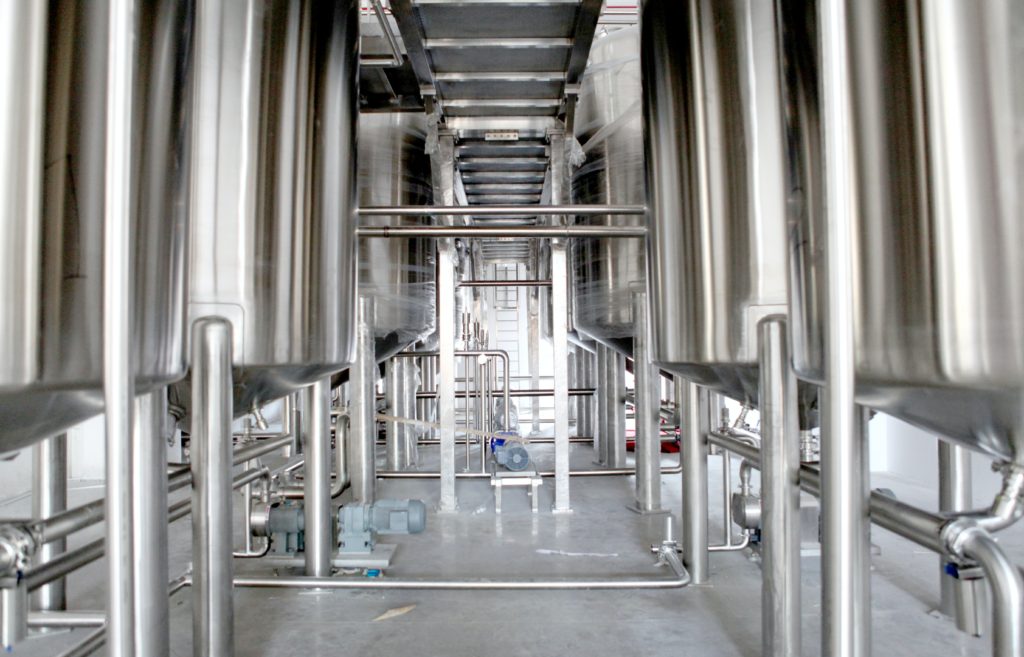Industrial air filtration systems are required to collect common toxins, hence assisting in preserving product integrity and safety in production environments. Filtration systems are also required to safeguard process equipment while increasing uptime and performance.
Similarly, a desiccant air filter removes all impurities and moisture from compressed air. The unique filter contains a desiccant material. The substance helps absorb moisture from the air. It is primarily used in industrial applications for a range of processes.
Learn all about what a desiccant air filter is and its workings.
What Is Desiccant?
Desiccant beads are used in desiccant dryers to absorb water from compressed air. With the help of molecular adhesion, these beads draw water from the air. Since the beads are porous, water can become “stuck” to them. Because they do not react with water, if only clean air and water come into contact with them, you do not need to replace the desiccant; instead, you must regenerate it. Eventually, the beads get polluted, and the water particles no longer adhere, necessitating replacement (which should take years).
Common Applications for a Desiccant Air Filter
A desiccant air dryer system is most commonly used in industrial applications that employ compressed air. It is the oil and gas industry. Because they use compressed air in almost all of their operations, a desiccant air dryer is ideal. This air dryer is required primarily due to the moisture-sensitive equipment used in these industries.
The apparatus will remain in outstanding condition and may be used with a desiccant air dryer for years.
What Causes Desiccant Contamination?
The major source of contamination in the desiccant is the compressor lubricant. When oil droplets land on the beads, they form a film over the desiccant. This coating prevents the beads from absorbing water.
That is why filters are placed in front of desiccant dryers. A coalescing filter captures the oil droplets. However, it is typically necessary to first use a particle filter to protect the coalescing filter. After the dryer, another particle filter is required to gather desiccant dust. For greater purity applications, a fourth filter, a carbon filter to eliminate oil vapor, may be required.
What Is the Function of a Desiccant Air Dryer?
A desiccant air dryer’s operation is straightforward. It parches compressed air, converting it to the adjustable pressure desiccant code. The pressurized air flows from the bottom to the top of the absorbent (drying) base with a predetermined amount of force. There are two types of pressure vessels in these air dryers. These are filled with desiccants and alternately operated via a switch-over.
As a result, as the moisture-filled compressed air passes through a vessel at high and low temperatures, the desiccant gently disconnects the moisture, and the condensed air becomes waterless. Simultaneously, the moisture collected in the subsequent vessel’s desiccant is regenerated with little force. As a result, the desiccant is replenished.
For example, the desiccant in the drying vessel is wet with moisture, the containers are swapped, and the activity resumes. A cycle is a sequence of desiccant and restoration in a vessel; the cycle time is necessary. The replacement stage lasts around 120 to 240 minutes. You may configure it as needed; its operation will be shown on the control system’s front panel.
This assortment of heating desiccant compressed air dryers uses a smart switch with cutting-edge technology to mechanically manage the air-drying process, improve air sanitization, and reduce power loss.
Pros & Cons of a Desiccant Air Filter
Pros
High Efficiency
A desiccant air filter is highly efficient at removing moisture and toxins from compressed air. It helps ensure the air is suitable and high-quality for specific industrial applications.
Versatility
A desiccant air filter is highly multipurpose and can be used in various industrial applications where compressed air is used. It is the ideal choice as an air filter in food and beverage production, the automotive industry, the pharmaceutical industry, and many more.
Moisture Removal
One of the primary uses of a desiccant air filter is that it helps remove moisture from compressed air effectively. It is an essential part of applications where moisture can cause rust, corrosion, or other damage to the equipment.
Long Service Life
Compared to other types of air filters, a desiccant air filter has a long service life. It is because the desiccant material being used can be regenerated. It allows the filter to be reused several times before it needs to be replaced.
Cons
Replacement
Like any other air filter system, the desiccant filter’s desiccant material also has a lifespan that will require replacement. It can be more expensive than cleaning or replacing a traditional air filter.
Cost
The desiccant air filter is on the pricier side compared to other air filter systems in the market. They contain a desiccant material that costs more than other filter means.
Pressure Drop
A desiccant air filter can cause a pressure drop in compressed air systems, usually due to the desiccant material. Since this material is designed to be highly efficient at removing moisture, it can result in higher resistance to airflow.
Maintenance
Desiccant air filters require regular maintenance to ensure that they continue to function effectively. It includes regenerating the desiccant material, replacing the coalescing filter, and draining the filter housing.
Final Verdict
Even though there are several air filtration systems in the market, nothing compares to the desiccant air filter system. It is because they might not be as effective and fast at drying the air from the environment. Before purchasing an air filtration system for your industrial process, look for a trustworthy brand offering excellent desiccant air filtration necessities.


